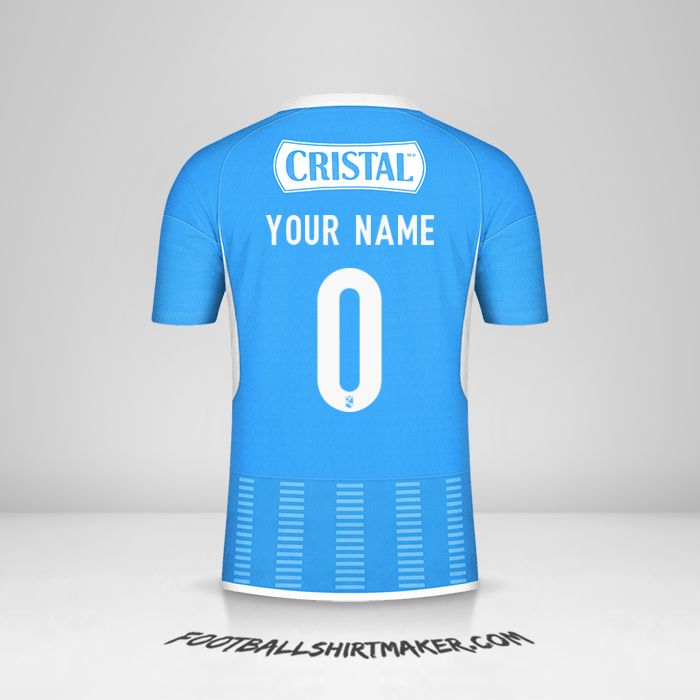Create Sporting Cristal 2024 shirt with your name and number
Create a personalised Sporting Cristal 2024 shirt with your name and number as a free custom image. Use it as an avatar, wallpaper, profile picture, story, to print or share wherever you want to show your passion for your football team.
Team: Sporting Cristal / Season: 2024 / Brand: Adidas

Font Sporting Cristal shirt 2024. Letters and numbers printed on the back.
Create Custom Football Shirts on FootballShirtMaker.com!
At footballshirtmaker.com, you can choose the shirt of your favorite football team and create a personalised image with your name and number. Use these images wherever you want: as an avatar in your profile pictures, in your social media stories, or as wallpapers for your mobile.
